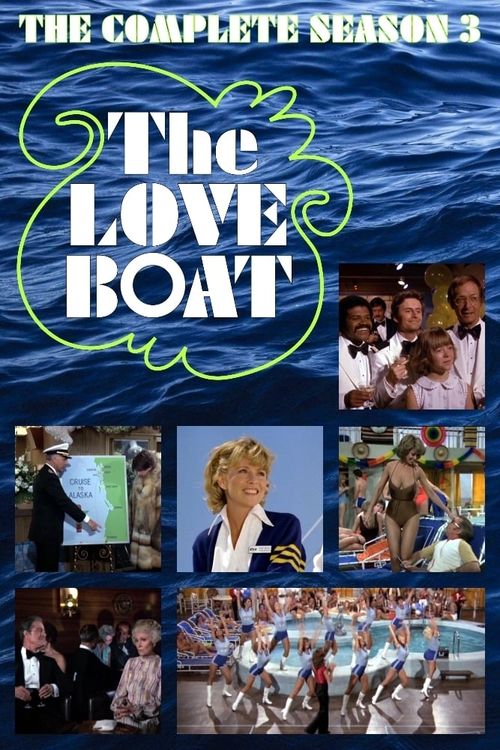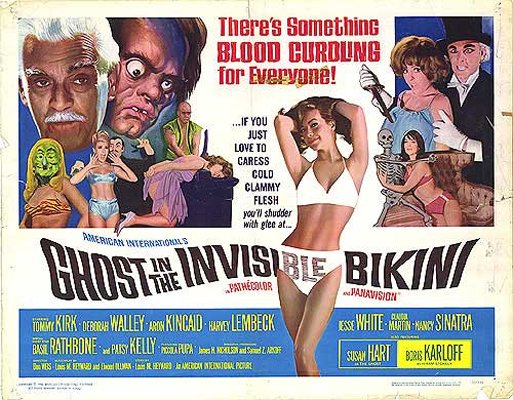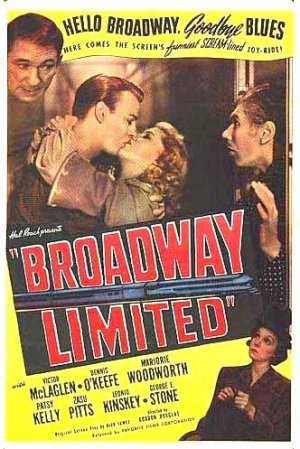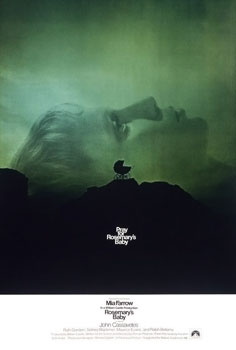Welcome to Retro Television Reviews, a feature where we review some of our favorite and least favorite shows of the past! On Wednesdays, I will be reviewing the original Love Boat, which aired on ABC from 1977 to 1986! The series can be streamed on Paramount Plus!
This week, it’s a double length episode of The Love Boat as the Dallas Cowboy Cheerleaders take over the cruise!
Episodes 3.10 and 3.11 “The Love Lamp Is Lit/Critical Success/Rent a Family/Take My Boyfriend, Please/The Man in Her Life”
(Dir by Roger Duchowny, originally aired on November 10th, 1979)
This episode features the first time that Jill Whelan (as Vicki) is included in the opening credits and what an episode to be included in! It’s time for a special charity cruise of the Love Boat! In order to raise money for an orphanage in Mexico, the Dallas Cowboys Cheerleaders will be performing on the boat!
I don’t really follow football but I do know that both the Cowboys and their cheerleaders were really popular back in the 70s and 80s. (Living in Texas, I’ve become very good at sympathetically nodding whenever anyone starts talking about frustrated they are with the Cowboys.) Still, the idea of the cheerleaders performing on a cruise ship for a charity drive seems a little off. I mean, shouldn’t they be cheering at a football game? As I always do when it come to things involving cheerleaders, I asked my sister Erin if any of this made sense to her. Erin suggested that I not worry about it because it’s The Love Boat. And really, she has a point. The Dallas Cowboy Cheerleaders marching onto the boat in full uniform and practicing their routines by the pool makes about as much sense as 11 year-old Vicki suddenly living on a cruise ship. With The Love Boat, you just have to kind of go with it.
The Cheerleaders play themselves, with three of them getting storylines of their own and I will say that they all came across as being likable and natural in their performances. I always kind of dread any episode that features celebrities playing themselves because just because someone is famous, that doesn’t mean they’re going to be a good actor. (I still remember all of those stiff basketball player cameos on Hang Time.) But the cheerleaders all do a good job, even if none of them are given particularly challenging roles.
Stacy (Tami Barber), for instance, is shocked when Mark Scott (Stephen Shortridge) boards the cruise. Mark was someone who pursued her in Dallas but she wanted nothing to do with him. However, on the boat, Mark shows that he’s a nice guy underneath his smooth exterior. He even choreographs a new routine for the charity performance. Good for him!
Wendy Ames (Gaye Carter) boards the boat with her mother, Helen (Dina Merrill) and Helen’s boyfriend, Bill (William Windom). Helen gets jealous of the amount of time that Wendy and Bill are spending together and, when she sees the two of them looking at wedding rings, she decides that they’re having an affair! No, Helen — Bill wants to marry you! This whole storyline was silly, to be honest. Helen just came across as being unnaturally paranoid.
Lisa (Kim Kilway) meets and falls for Paul (Bill Daily), who is the newest vice president of the greeting card company that is sponsoring the cruise. Paul loves Lisa to but he has a problem. He’s traveling with his fake family! Why does Paul have a fake family? Apparently, Paul’s boss (John Hillerman) only hires family men. (That sounds like a lawsuit in the making.) Paul recruited a fake wife (Roz Kelly), mother (Patsy Kelly), and son (Jackie Earle Haley, who appears to be having a lot of fun playing bratty) to pretend to be his family. The truth comes out, of course. Fortunately, Lisa is remarkably forgiving and Paul avoids getting fired by promising to marry and start a family with Lisa as quickly as possible. Again, this all sounds like the beginning of Supreme Court case.
Among the non-cheerleaders, Lou (Larry Linville) and Nora (Gunilla Hutton) are two jewel thieves who board the boat so that they can find some diamonds they hid the last time they took a cruise. They hid the diamonds in a lamp and it turns out that the lamp is now in the possession of a member of the crew. This leads to Nora flirting with Gopher, Isaac, and Doc and then quickly abandoning them once it becomes clear that they don’t have the lamp. (These scenes were fun, largely because of Gunilla Hutton’s comedic timing.) Finally, Lou and Nora get the diamonds but they have a change of heart and, along with declaring their love for each other, Lou and Nora also donate the $500,000 that they’re going to make from selling the diamonds to the orphanage! Yay! Assuming that Lou and Nora don’t get arrested while trying to fence the stolen merchandise, the orphanage will greatly benefit.
Meanwhile, an acerbic theatrical critic (Douglas Fairbanks, Jr.) tries to get an actress (Ginger Rogers) to agree to appear in his new play. In the end, they realize they’re in love and Ginger Rogers sings Love Will Keep Us Together.
There was a lot going on in this episode but it was enjoyably silly in the way that the best episodes of The Love Boat usually are. It was excessive and ridiculous, but fun. On The Love Boat could you get Jackie Earle Haley mocking his fake father while Ginger Rogers sang a song. This was an enjoyable episode and it did Dallas proud.





